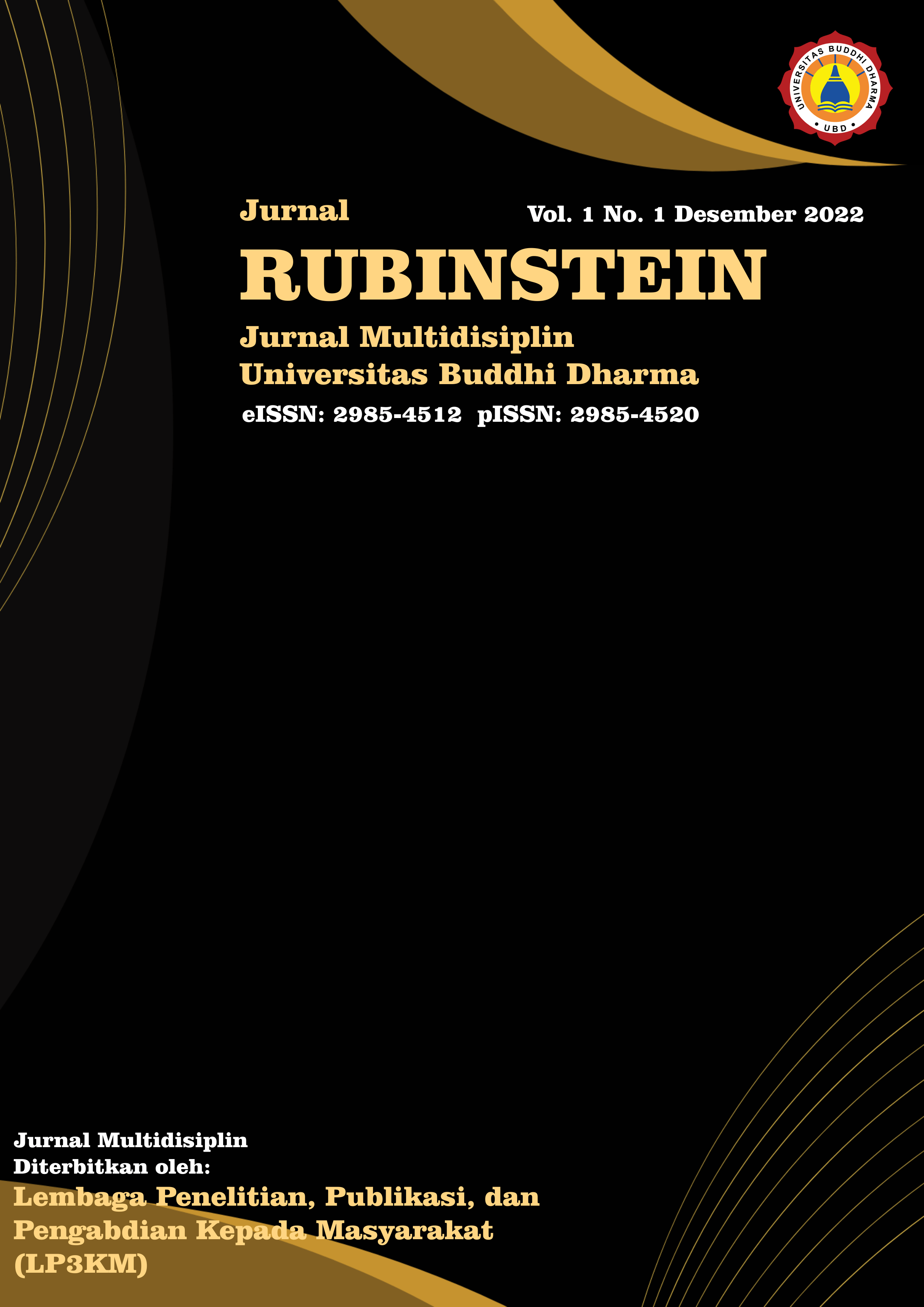An Analysis of Unit Shift Translation Moonlight Movie into Bahasa Indonesia
Main Article Content
Abstract
The objectives of this research is to find out the pattern of unit shift in movie subtitle. The data in this research is taken from movie “moonlight”. This movie release in 2016, written and directed by Barry Jenkins. Based on Catford (1965) theory, the writer analyse this unit shift of translation based on five levels; morpheme, word, phrase, clause and sentence. The methodology used in this research is qualitative descriptive method. This research conducted by watching, reading and comparing the English subtitle and the Indonesian Subtitle. Then, the writer compared unit shift from source language to target language data. The data are clasiffied based on the pattern of unit translation. From the analysis, the writer found eeleventh unit shift pattern in the translation of “Twelve Years a Slave”, they are; shift from morpheme to word level, word to phrase level, word to clause level, phrase to word level, phrase to clause level, phrase to sentence level, clause to phrase level, clause to sentence level, sentence to word level, sentence to phrase level and sentence to clause level. 10 unit shifts from word level are translated into the other levels or similar to 19.2 % from the total of unit shifts of all levels;18 unit shifts from phrase level are translated into the other levels or similar to 34.7% from the total of unit shifts of all levels;9 unit shifts from clause level are translated into the other levels or similar to 17.3% from the total of unit shifts of all levels; 11 unit shifts from sentence level are translated into the other levels or similar to 21.1% from the total of unit shifts of all levels.
Downloads
Article Details
With this statement, I hereby grant and transfer to RUBINSTEIN all exclusive copyright ownership rights for the aforementioned work. This includes, but is not limited to, the rights to publish, republish, modify, distribute, transmit, sell, or use the work and related materials globally, in whole or in part, in any language, and through any form of media—whether electronic, printed, or any other medium known now or developed in the future. RUBINSTEIN also reserves the right to grant permission or license third parties to carry out any of these actions. I acknowledge that RUBINSTEIN will hold these exclusive rights from the date the article is accepted for publication. I also recognize that RUBINSTEIN, as the copyright holder, has the sole authority to license and permit the reproduction of the article. However, I understand that any other proprietary rights related to the work (such as patents or other rights to a process or procedure) remain with the author. Furthermore, I acknowledge that RUBINSTEIN allows authors to use their articles in accordance with the applicable Creative Commons license.
 Abstract views: 167
/
Abstract views: 167
/  PDF downloads: 462
PDF downloads: 462

